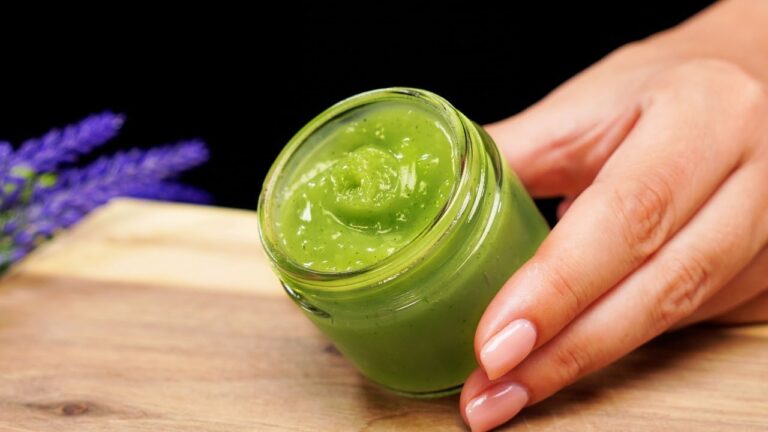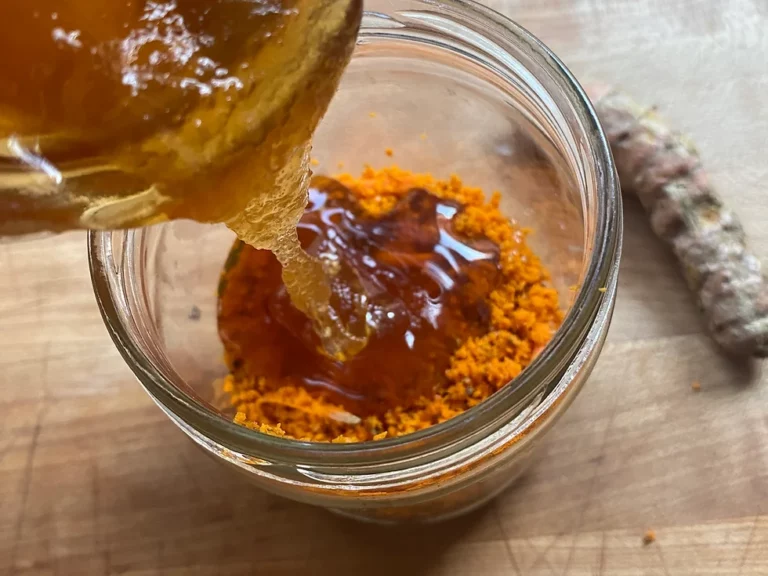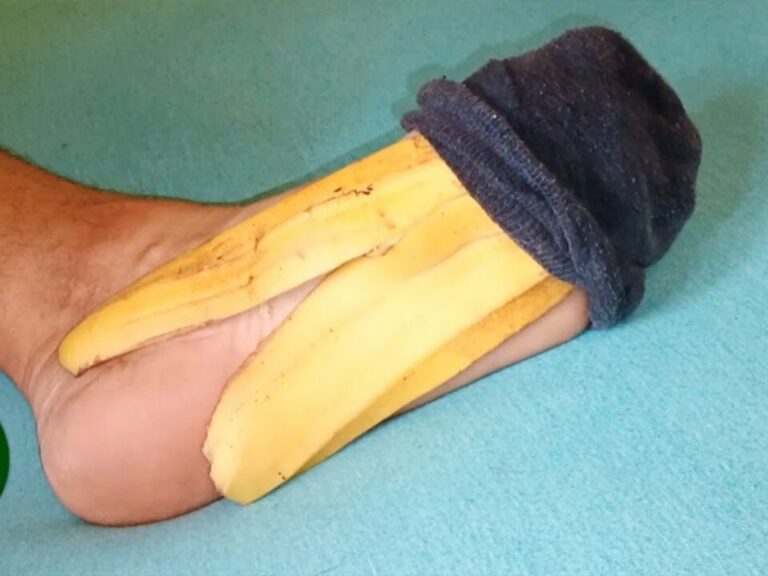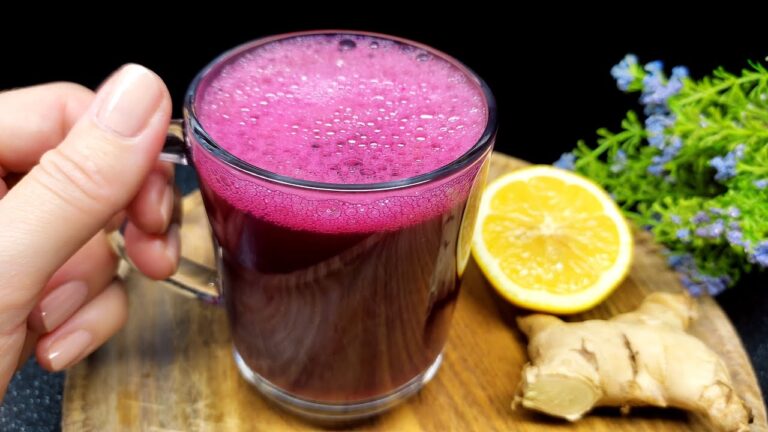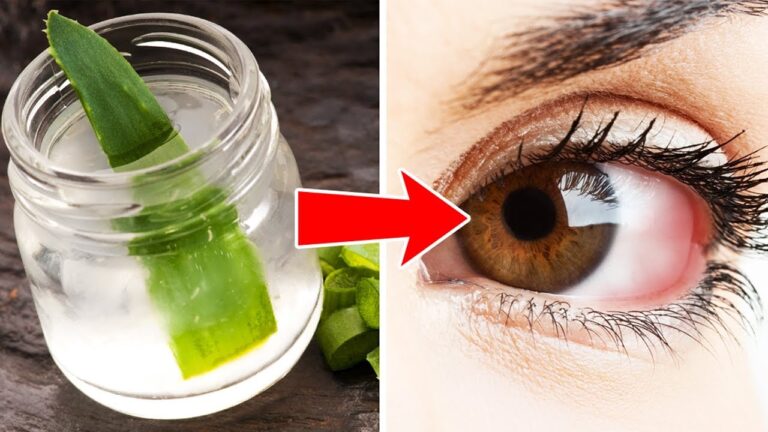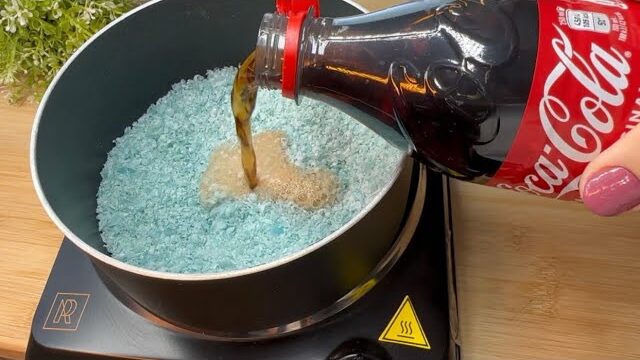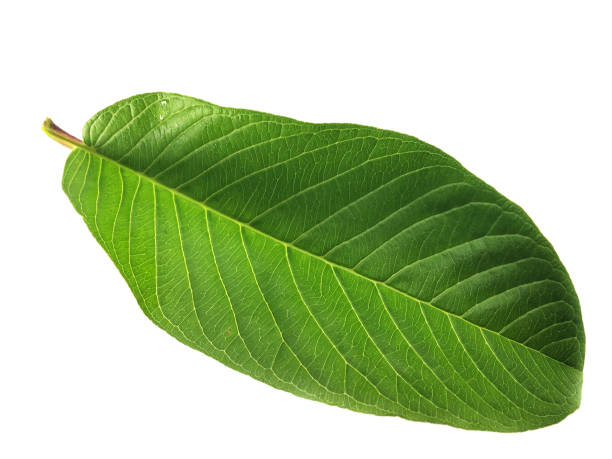Parsley, commonly used as a garnish or in cooking, is a secret weapon for natural skincare, especially when it comes to reducing wrinkles and fine lines. Rich in antioxidants, vitamins, and essential minerals, parsley can help revitalize the skin, reduce wrinkles around the eyes, and promote a youthful glow. Let’s explore how parsley can be a game-changer in your beauty routine and how to use it effectively for wrinkle reduction!
Why Parsley is Great for Skin
- Rich in Vitamin C
Parsley contains high levels of vitamin C, which boosts collagen production. Collagen is essential for maintaining the skin’s elasticity, reducing the appearance of wrinkles and fine lines. - Packed with Antioxidants
The antioxidants in parsley help fight free radicals that damage the skin and lead to premature aging. By neutralizing these free radicals, parsley helps protect your skin and prevent further wrinkles from forming. - Detoxifies and Brightens
Parsley is known for its detoxifying properties, helping to cleanse the skin and reduce puffiness, especially around the eyes. It also evens out skin tone and brightens dark under-eye circles. - Natural Anti-Inflammatory
Parsley has anti-inflammatory properties that soothe the skin, reduce redness, and calm irritation, making it perfect for sensitive skin, especially in delicate areas like around the eyes.
How to Use Parsley to Reduce Wrinkles
1. Parsley Eye Treatment for Wrinkles
This easy treatment is great for targeting wrinkles around the eyes and brightening dark circles.
Ingredients:
- A handful of fresh parsley
- 2 tablespoons yogurt (unsweetened)
- 1 teaspoon lemon juice (optional)
Instructions:
- Finely chop the fresh parsley leaves and mix them with the yogurt.
- Add a few drops of lemon juice (optional) for additional brightening properties.
- Apply the mixture gently around your eyes and on any wrinkle-prone areas.
- Let it sit for 10-15 minutes.
- Rinse off with lukewarm water and pat your skin dry.
Tip: Use this mask 2-3 times a week to reduce the appearance of fine lines and dark circles around the eyes.
2. Parsley Face Mask for Overall Wrinkle Reduction
This mask is great for softening wrinkles all over your face and brightening your complexion.
Ingredients:
- A handful of parsley
- 1 tablespoon honey
- 1 tablespoon olive oil
Instructions:
- Blend the parsley leaves into a paste.
- Mix in the honey and olive oil.
- Apply the mixture evenly to your face, focusing on areas with wrinkles.
- Let the mask sit for 15-20 minutes before rinsing off with warm water.
Tip: This mask can be applied once or twice a week for best results. The honey and olive oil add extra hydration and nourishment, leaving your skin soft and smooth.
3. Parsley Ice Cubes for a Daily Boost
Parsley-infused ice cubes can be used daily to tighten the skin and reduce puffiness.
Instructions:
- Boil a handful of parsley in water for 5-10 minutes.
- Let it cool, strain the liquid, and pour it into an ice cube tray.
- Freeze the parsley-infused water and use an ice cube every morning to massage your face, focusing on wrinkle-prone areas.
Tip: This method helps stimulate circulation and tighten the skin, giving it a fresh, youthful appearance.
Final Thoughts
Parsley isn’t just a garnish—it’s a powerful anti-aging ingredient that can naturally erase wrinkles and brighten your skin, especially around the eyes. Rich in vitamins and antioxidants, it works wonders in boosting collagen, detoxifying the skin, and reducing fine lines. Whether you use it in a mask or as a daily treatment, parsley can revolutionize your skincare routine!
